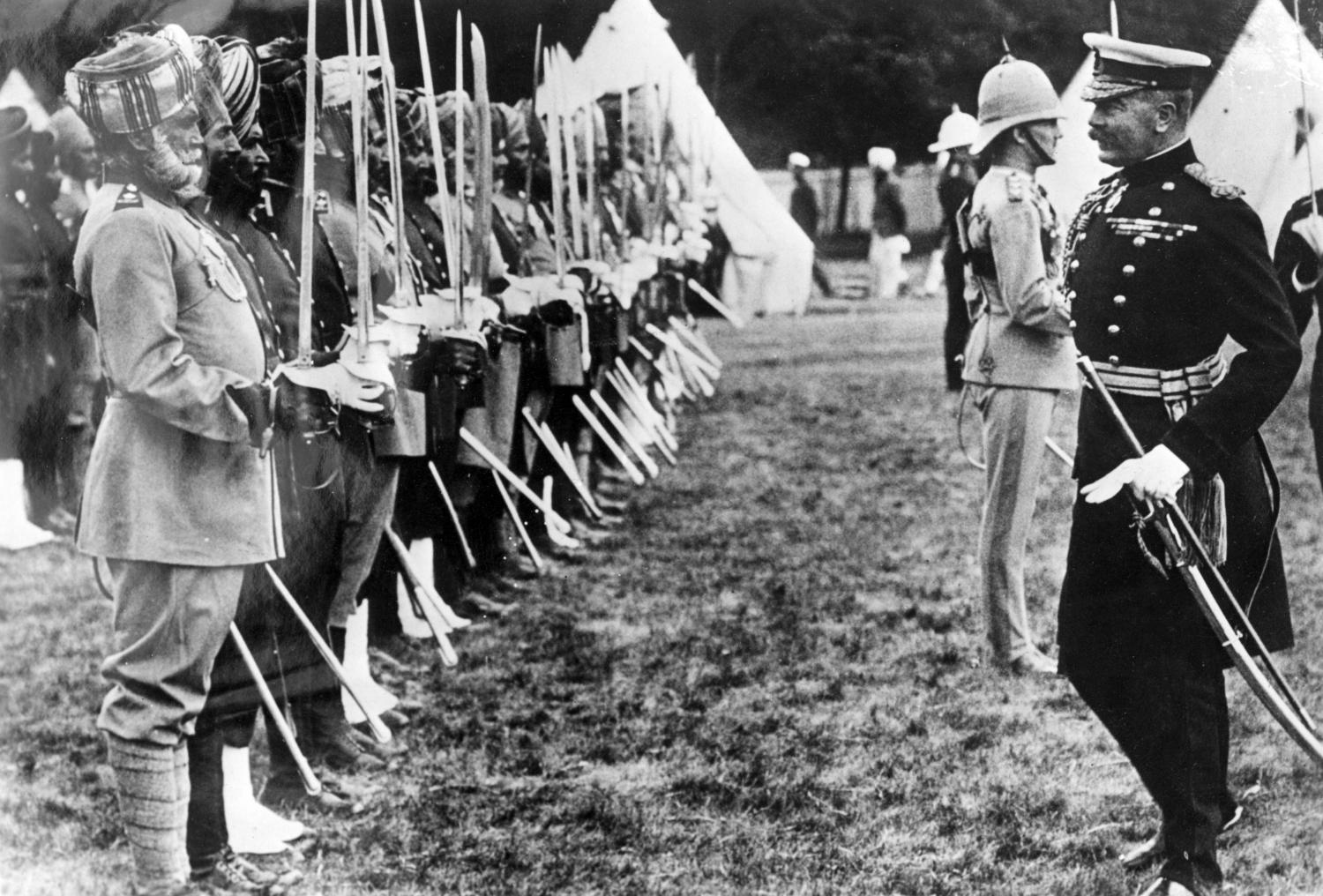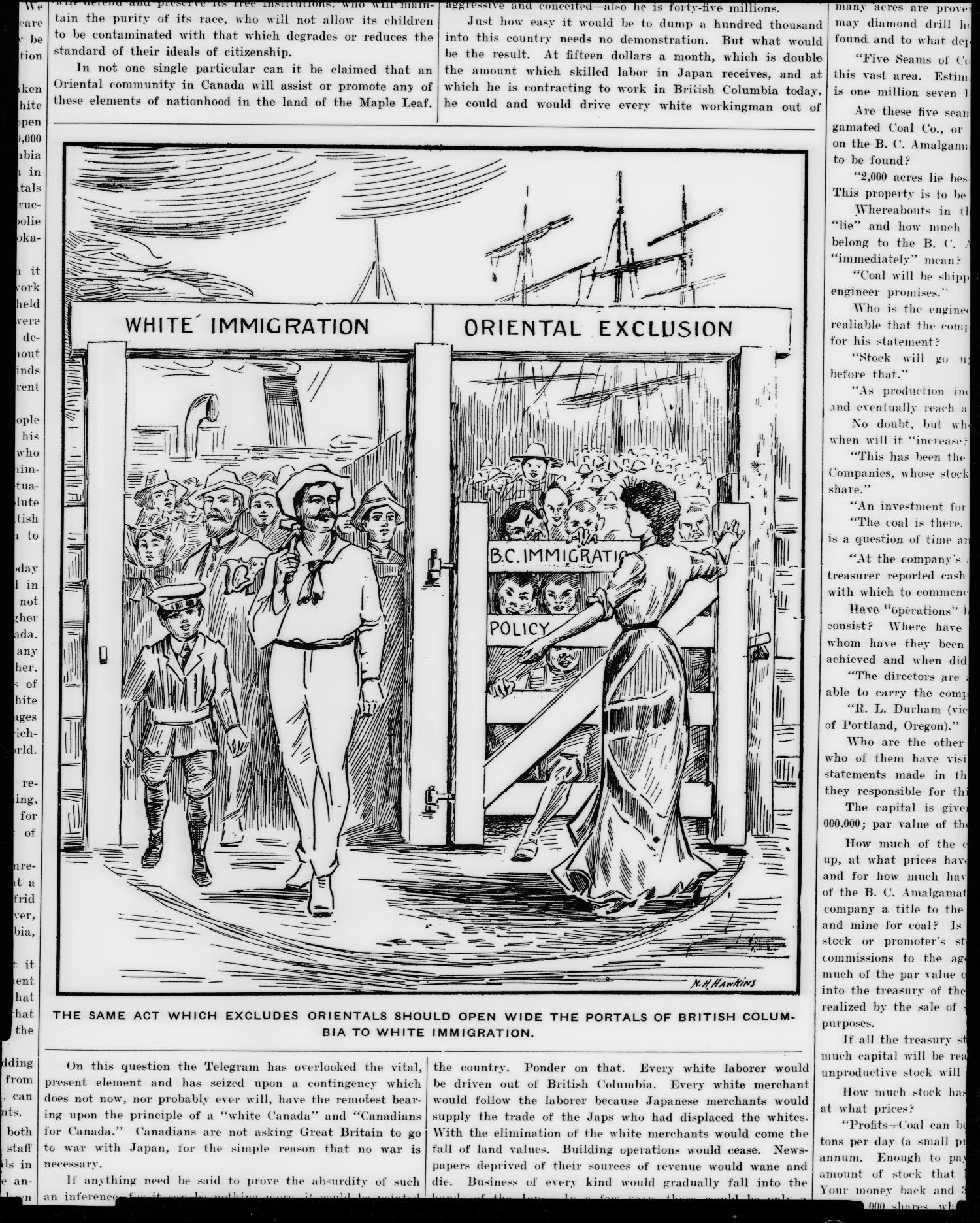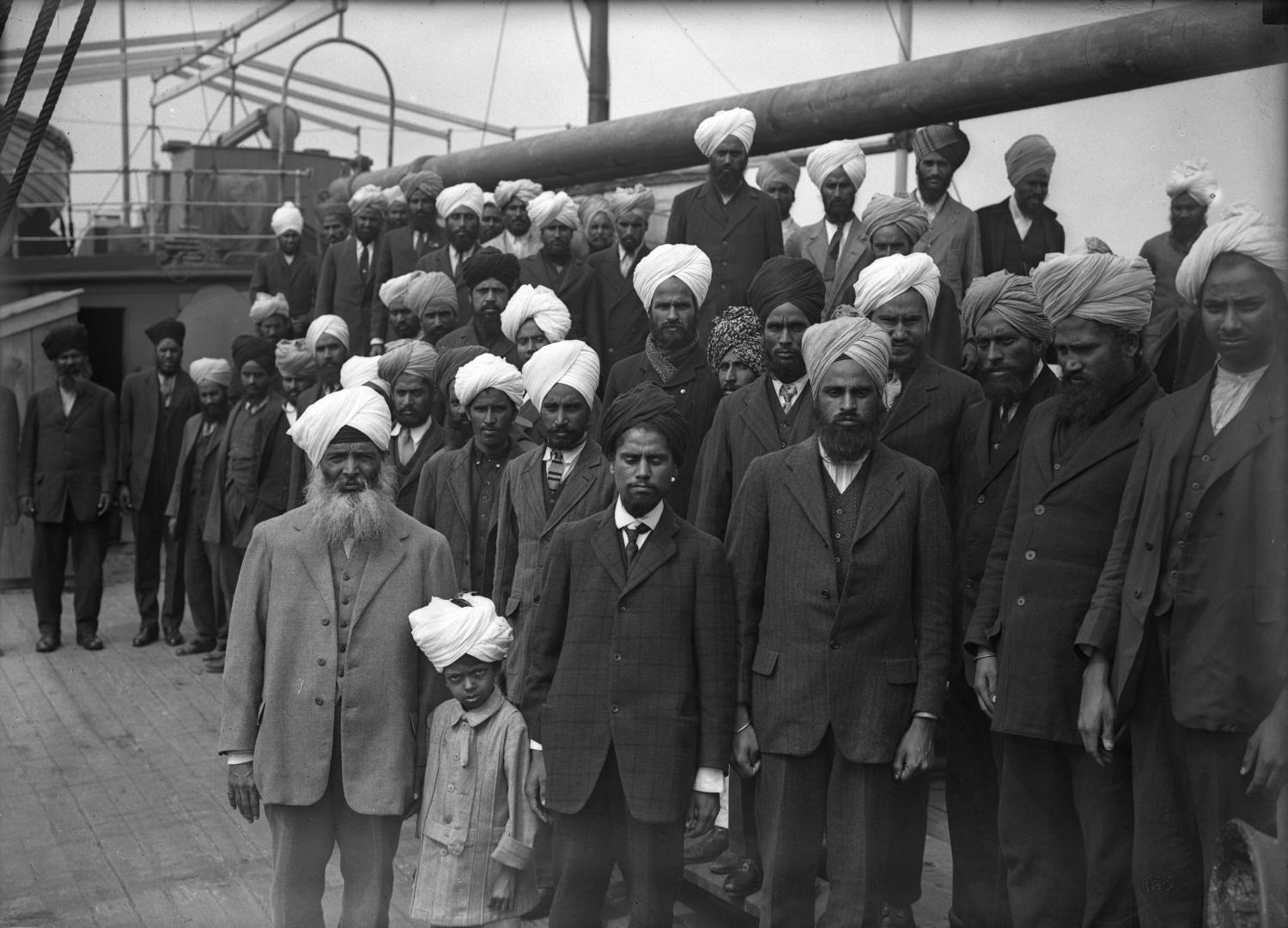The 'Continuous Journey' Law
Canada attempts to curtail South Asian immigration in roundabout way
Date: 1908
Only months after anti-Asian rioters tore through Vancouver’s Chinese and Japanese neighbourhoods, the Canadian government heeded the protestors’ call to limit Asian immigration. In 1908, Canada introduced the so-called “continuous journey” law, prohibiting any immigrants who did not make the trip to Canada directly from their home country.
Without saying so explicitly, the new rule made it nearly impossible for South Asians or Japanese people, who often stopped in Hawaii on their way to the West Coast, to immigrate to Canada. After instituting the law, the Canadian government stopped Canadian Pacific, then the only company offering a direct voyage from India, from selling Indians through tickets. Non-stop passenger travel from India to Canada was now nonexistent.
Later in 1908, the Canadian government introduced a more explicit anti-Asian immigration rule that banned all “Asiatic” immigrants from entering the country unless they possessed $200 or their country had a special immigration arrangement with Canada. Before these new rules came in place, large waves of Asian immigrants had arrived in British Columbia, including about 5,000 East Indians who came to work in railway construction and forestry between 1904 and 1908.
Although the vast majority of newcomers from India practiced Sikhism, they were frequently misidentified as Hindus by both politicians and the press. “The situation with regard to the Hindoos [sic] is serious...and, to speak frankly, I see no solution for it except quietly checking the exodus from India,” said then-Prime Minister Wilfrid Laurier. William Lyon Mackenzie King, who helped design the “continuous journey” law and later became prime minister, argued that “the Hindu is not suited to the climate of this country.”
The “continuous passage” law faced numerous legal challenges, most notably in 1914 after SS Komagata Maru, a Japanese steamship carrying hundreds of Indian men, anchored in Burrard Inlet. The rule remained in place until 1947.
Sources:
1. Continuous Journey Regulation, 1908 | Pier 21. Canadian Museum of Immigration at Pier 21, pier21.ca/research/immigration-history/continuous-journey-regulation-1908.
2. Jagpal, Sarjeet Singh. Becoming Canadians: Pioneer Sikhs in Their Own Words. Harbour Pub., 1994.
3. Kazimi, Ali. Undesirables: White Canada and the Komagata Maru: an Illustrated History. Douglas & McIntyre, 2012.
4. Siddiqui, Haroon, and Alok Mukherjee. Pariahs to Power Brokers: Sikhs Have Become a Major Political Force in Canada. The Toronto Star, 18 Oct. 2017, www.thestar.com/news/insight/2017/10/09/pariahs-to-power-brokers-sikhs-have-become-a-major-political-force-in-canada.html.






